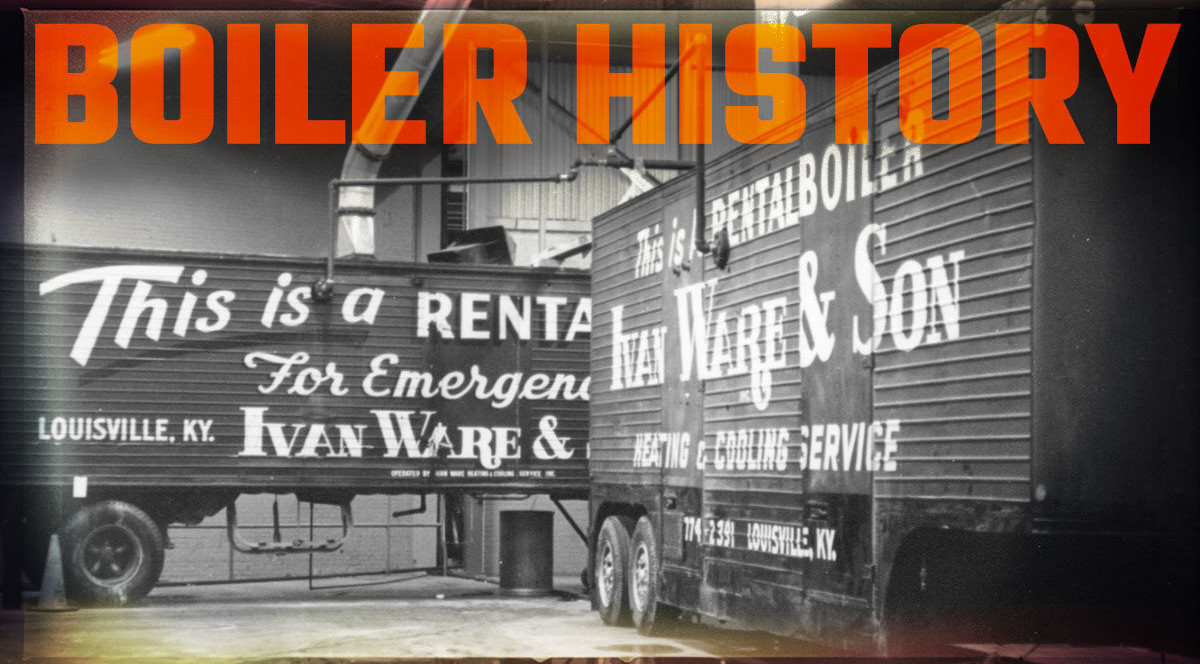In our previous installment of Boiler History, we took a look at the how innovations in boiler technology helped give birth to the power industry in America. Boilers became safer and easier to use, and designs were specialized for a variety of residential and commercial functions.The next period of growth came in the late 1950s and early 1960s with the development of the membrane tube wall. This design introduced seamless tubes welded together with a steel membrane bar between the tubes and made into a large tube panel. This innovation shortened construction time and made boilers less expensive to produce. It also increased the output of the boilers: Radiant boilers could now produce up to 4,000,000 pounds of steam per hour as opposed to the previous limit of 100,000 pounds per hour.
These super boilers—forerunners of modern boilers that generate 1,300 megawatts of electricity or 9,000,000 pounds of steam per hour—led to a variety of modifications and developments in response to the changing needs of a society that was becoming more modern and sophisticated.
For example, as large facilities like hospitals and universities sought to generate their own steam, package boilers were developed. These shop-assembled boilers were easier to install and could be shipped by rail or barge, making them the perfect solution to a growing need
Similar innovations were happening to answer other industry-specific challenges across the United States. The recovery boiler was developed to provide the pulp and paper industry with large quantities of steam, while also helping them make smelt for use in pulp processing. Large hotels required central boiling plants with the capability to heat swimming pools and saunas.
While compact residential furnaces were replacing home boiler systems, industrial needs for specialized boilers grew. And as industry grew, so did the demand for environmentally conscious fuel sources. In our next installment of Boiler History, we’ll examine how boilers evolved in the 1970s and 80s, as rising fuel costs and increased public awareness about energy efficiency drove the next wave of innovation.
